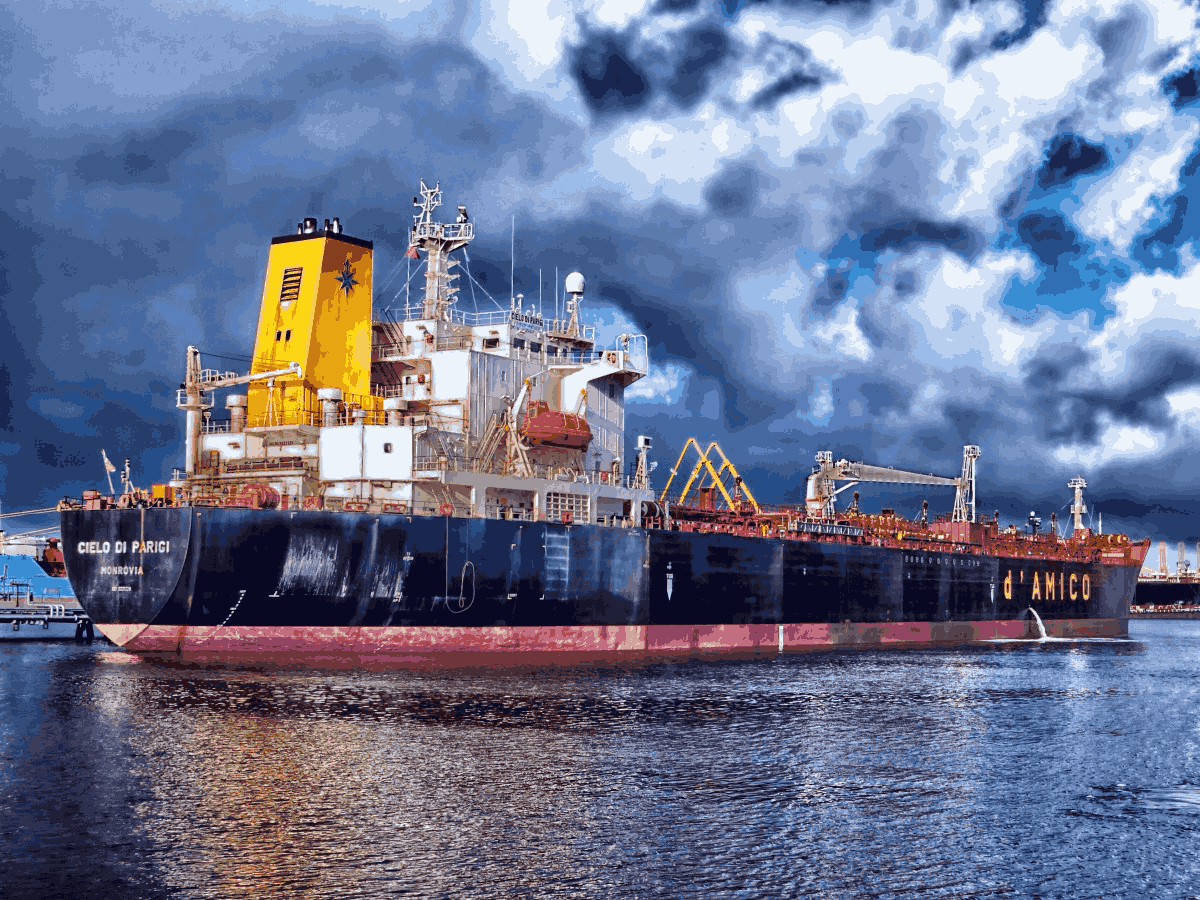No-Go Areas in Maritime Navigation
Navigating safely through waterways is vital for seafaring vessels. One critical concept that mariners must be adept at is identifying and calculating “no-go areas.” But what exactly is a no-go area, and how do you determine these dangerous zones?
This blog will break down the concept of no-go areas in maritime navigation, explain their importance, and walk you through the calculations using a practical example. By the end, you’ll gain insights into how to ensure vessel safety and steer clear of potential hazards.
What is a No-Go Area?
A no-go area is a section of water that vessels are advised to avoid due to potential risks or hazards. These areas may be unsafe because of:
- Shallow waters that do not provide the required depth for the vessel.
- Obstructions on the surface or submerged hazards like reefs, sandbanks, or wreckage.
- Navigational constraints like strong currents, rocky terrains, or man-made structures.
- Regulatory limits, such as restricted or prohibited zones.
Entering a no-go area can compromise the safety of the vessel, its crew, and cargo due to grounding, collision, or structural damage. Identifying and marking these zones is critical for planning a safe voyage.
Why Are No-Go Areas Important?
The primary purpose of identifying no-go areas is to mitigate risks. Here’s why considering them is essential in maritime navigation:
- Ensures Vessel Safety
Proper identification and avoidance of no-go areas prevent collisions, groundings, and structural damages.
- Protects Crew and Cargo
Steering clear of dangers ensures the well-being of the crew and saves valuable cargo from potential harm.
- Complies With Regulations
Many regions enforce strict navigational laws. Avoiding restricted zones ensures adherence to these regulations.
- Optimizes Journey Planning
By defining no-go areas, mariners can chart safer and more efficient routes, saving time and fuel.
- Environmental Preservation
Some no-go areas are designated to protect fragile marine ecosystems, such as coral reefs or rare wildlife habitats.
Factors That Define a No-Go Area
Identifying no-go areas goes beyond merely avoiding shallow waters. The following factors play a vital role:
- Vessel Draft
The draft is the vertical distance from the waterline to the bottom of the ship’s hull. It determines the minimum depth a vessel requires to float without grounding.
- Squat Effect
At higher speeds, a moving vessel can experience an increase in draft due to the “squat effect,” particularly in confined or shallow waters.
- Under Keel Clearance (UKC)
UKC is the distance between the seabed and the bottom of the vessel’s keel. Companies often set policies requiring a minimum percentage of the vessel’s draft to ensure adequate clearance.
- Tidal Heights
Tides can temporarily increase the water depth. Mariners must account for tidal variations when calculating the minimum safe depth.
- Navigational Obstructions
Physical obstructions, such as underwater wreckage or bridges, affect safe passage.
How to Calculate No-Go Areas
Now, let’s apply these principles to a real-world example. We’ll look at the vessel M.V ABCD and determine how to calculate a no-go area:
Vessel Specifications:
- Draft (static): 12.5 meters
- Speed: 10 knots
- Block Coefficient (Cb): 0.7 (used for simplification)
Step 1: Calculate the Squat Effect
The squat effect occurs when the vessel’s draft increases while in motion, especially in confined waters. The formula is:
Squat = (Cb × V²) ÷ 50
Where:
- Cb = Block Coefficient
- V = Vessel Speed (in knots)
Plugging in the values:
Squat = (0.7 × 10 × 10) ÷ 50 = 1.4 meters
This means the vessel’s draft increases by 1.4 meters due to the squat effect.
Step 2: Factor in the Under Keel Clearance (UKC)
The required UKC depends on company policy. For this example:
- UKC = 20% of static draft
UKC = (20 × 12.5) ÷ 100 = 2.5 meters
Step 3: Account for the Tidal Height
Let’s assume the tidal height is 1.0 meter when the vessel navigates through the area.
Step 4: Calculate the Depth Required
Finally, we calculate the depth needed for the vessel to stay safe. This is determined by:
Depth Required = Draft + Squat + UKC – Tidal Height
Substituting the values:
Depth Required = 12.5 + 1.4 + 2.5 – 1.0 = 15.4 meters
This means that, to safely operate, the vessel needs a minimum water depth of 15.4 meters.
Step 5: Marking the No-Go Area
Any sections of water with depths less than 15.4 meters would be marked as a no-go area for M.V ABCD. Navigational charts and electronic systems can be updated accordingly to ensure mariners steer clear of such zones.
Practical Tips for Mariners
To ensure safe navigation, keep the following in mind:
- Use Updated Charts
Always rely on the latest nautical charts and electronic navigation systems to identify no-go areas. Outdated charts may not reflect the current seabed configuration.
- Monitor Tides Continuously
Tidal heights can vary throughout the day. Plan your route based on real-time tidal data.
- Follow Company Policies
Adhere to your organization’s guidelines for determining UKC and operating safely in confined waters.
- Communicate with Local Authorities
Harbor and port authorities often provide updated information about underwater hazards and restricted areas.
- Conduct a Passage Plan
Include no-go areas and depth constraints as part of the voyage planning process. This reduces the risk of human error en route.
Stay Safe, Sail Smart
Navigating safely isn’t just about knowing where to go; it’s also about knowing where not to go. The concept of no-go areas plays an indispensable role in maritime safety, helping vessels avoid potential hazards and ensure efficient operations.
By understanding factors like draft, squat, UKC, tidal variations, and calculating the required depth, mariners can confidently define navigational constraints and ensure safe passage.
Need help simplifying your navigational procedures or implementing real-time calculations? Explore advanced tools and software solutions to automate the process and take your navigational skills to the next level. Safe sailing!
